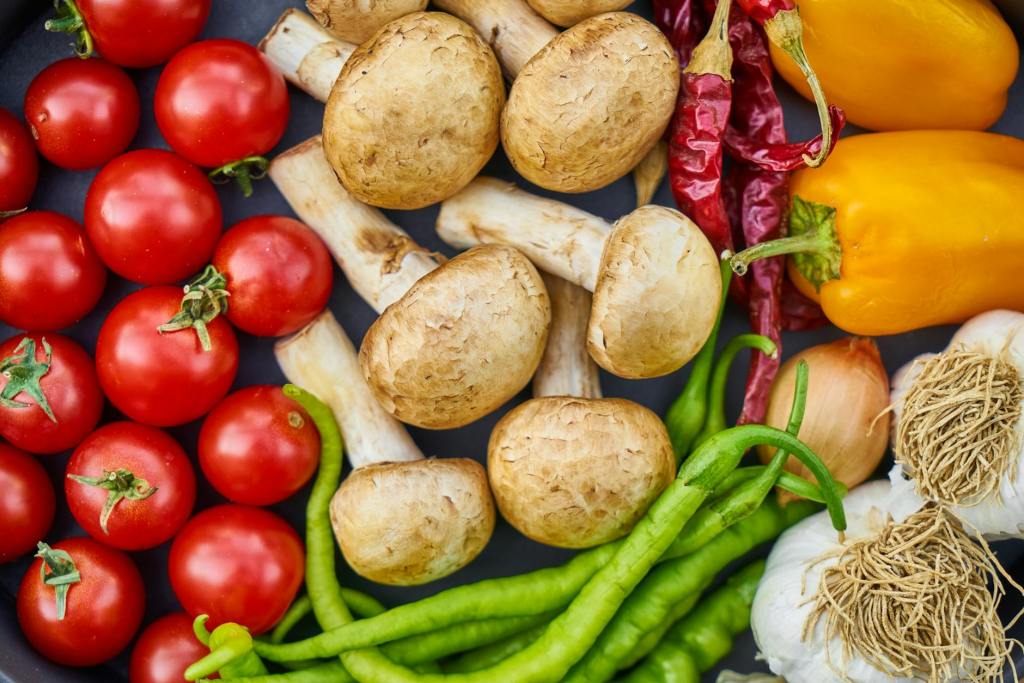More articles on my Authors Page at sixtocarreon.medium.com
Food is, among other things, a primary source of pleasure that also serves as an important marker of our identity. Eating together and sharing food are activities that bring people together and anticipate social gatherings. During the past decade, eating has become more of a focus in our everyday lives. From blogs on restaurants to media exposés about the d angers of processed foods, the presence of food or eating in general has become a relevant topic for most people. With changes in food production, culinary practices, and social habits — particularly how we eat and where we get our food from — the way we eat and interact with food has changed significantly. We have seen an increased interest in homegrown gardens as well as urban agriculture projects; demand for local ingredients has skyrocketed; awareness of animal welfare issues has grown tremendously; and pre-prepared meals have lost their appeal to many consumers who prefer fresh ingredients over ready-made products.
1. Familiarize yourself with the language of food.
Foodies who want to be able to expand the culinary horizons of others and themselves need to familiarize themselves with the language of food. The vocabulary of food is largely a system of conventions created by professionals and academics — people who have studied food in some way. The language of food can be found in restaurant reviews, culinary magazines, specialty food blogs, and more traditional sources of information like recipe books, encyclopedias, and online dictionaries. Professional food critics and journalists who visit restaurants review them. These reviews can be very helpful in figuring out if a restaurant is worth a try. You should look for a mix of taste, atmosphere, and service in these reviews.
2. Diversify your diet.
The way we eat is changing, and this is already having a positive impact on our health. We are more aware of our nutritional requirements, and we are trying to meet them by consuming a more varied diet. Food trends and eating habits have shifted significantly towards more plant-heavy and nutritious diets that put less emphasis on meat and dairy products, and selectivity when it comes to ingredients. Some of the most common trends of the future, as identified by the Food & Environment Reporting Network, are: — A shift away from meat towards more plant-based proteins, such as beans and legumes, nuts and seeds, and soy products. — A rise in vegan and vegetarian diets, owing to health and ethical concerns. — A focus on fresh, seasonal ingredients. — A return to natural and unprocessed foods. — A change in how and where we eat, including eating together more often and eating food produced locally. — An emphasis on healthy and nutrient-rich ingredients that are less harmful to the environment.
3. Support small-scale, family-run farm operations.
As awareness of the impacts of large-scale agricultural operations has increased, there has been a shift towards smaller-scale, family-run operations that prioritize sustainable crops, responsible animal husbandry, and sound and fair labour practices. — Smaller-scale operations tend to be more environmentally friendly, which is important since we will need to produce more food in the future. — Small-scale businesses are better for workers, who are more likely to be treated fairly, and for customers, who can better understand how their food is grown and produced. — Supporting smaller farms costs less than buying from large vendors.
4. Don’t forget to celebrate and enjoy vegan meals too!
Veganism and vegetarianism have enjoyed a rise in popularity, and more people are considering a plant-based diet. While this trend is great, it can sometimes lead to less-than-savory reactions to non-vegan dishes. A lot of people are quick to say that vegan dishes are bland, boring, and unoriginal, but this couldn’t be further from the truth. — Vegan dishes are as varied as non-vegan dishes. — Vegan meals can be just as delicious as non-vegan ones. — Vegan dishes can be creative and interesting, and they can incorporate familiar flavours and ingredients. — Vegan dishes often use seasonal ingredients that are grown close to home, which can make them even more appealing.
5. Learn to cook, experiment, and have fun in the kitchen!
During the past decade, the appeal of cooking has waned while the appeal of eating out has increased. It is true that certain restaurants use fresher and higher-quality ingredients than home cooks typically have access to, but this does not mean that home-cooked meals are necessarily inferior to restaurant fare. — Cooking your own food allows you to choose what goes into it and know exactly how it was produced. — Cooking at home allows you to save money and eat your meals in a more relaxed and enjoyable setting. — Cooking is a great way to bond with family members or friends.
Every day, we are confronted with various aspects of food culture. The way we eat is changing and will continue to evolve in new and unexpected ways. Understanding the present food moment and how we got here can help us to recognize the next developments in the culinary world and how we can best respond to them.

Leave a Reply